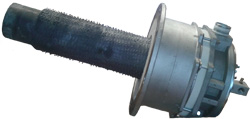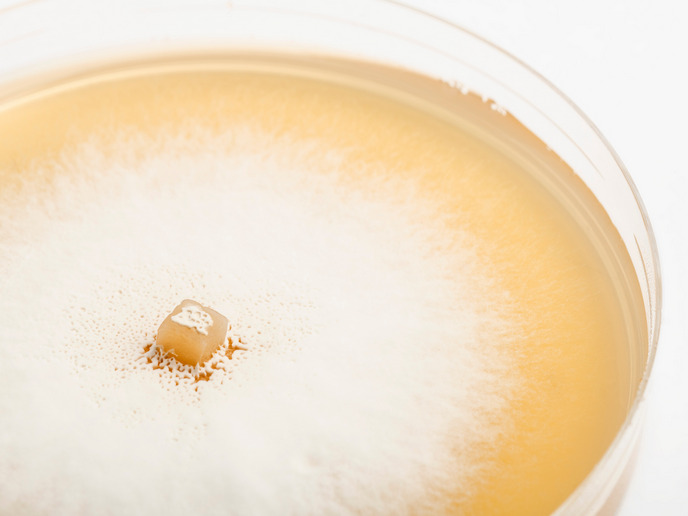Environmentally friendly ceramic heat exchangers
High-temperature heat exchangers are increasingly used to recover waste heat and reduce energy consumption in industrial processing. Ceramic materials are often used but they are limited due to their tubular shapes. Increasing their surface area relative to the overall volume required by altering their development process could significantly enhance their efficiency. EU-funded scientists developed a new generation of ceramic heat exchangers by exploiting this principle through experimental and theoretical work on the project 'Ceramic heat exchangers with enhanced materials properties' (CEREXPRO). They used precursor or template materials from the textile industry that were chosen for their different 3D structural characteristics. Researchers developed technology to transform the textiles into high-temperature–resistant silicon (Si)-infiltrated–silicon carbide (SiC), or SiSiC. Through applicaton of the polymers on base ceramic bodies, investigators obtained solid ceramic structures for gas–tight systems. The simplified manufacturing process accompanied by greater flexibility in heat exchanger geometry using textile technologies enabled production of smaller-sized, light-weight and cheaper high-temperature ceramic heat exchangers. Commercialisation of CEREXPRO technology to recover waste heat and reduce energy consumption will increase competitiveness of EU industry with lower environmental impact.







